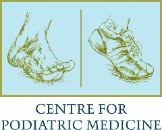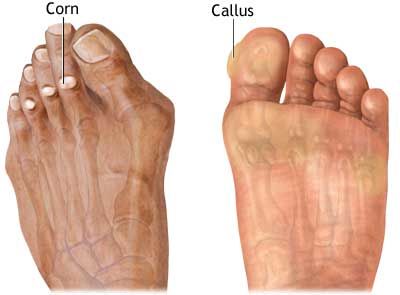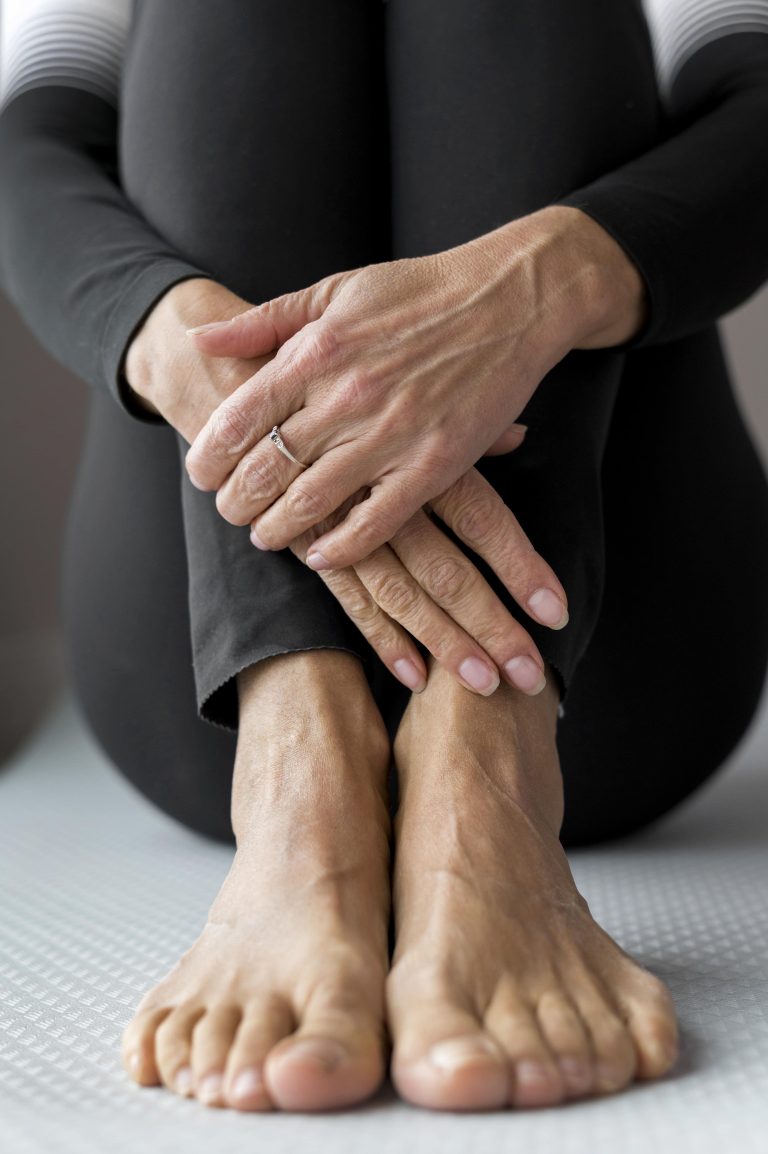Understanding Common Foot Injuries: Causes, Symptoms, and Treatment
Foot injuries can be both painful and debilitating, affecting our ability to walk, run, and engage in everyday activities. Understanding the causes, symptoms, and treatment options for common foot injuries is crucial for effective management and recovery.
In this article, we will explore several prevalent foot injuries, including sprains, fractures, plantar fasciitis, and Achilles tendonitis. By gaining insights into these conditions, you’ll be better equipped to recognize the signs, seek appropriate treatment, and embark on the path to a swift and successful recovery.
I. Sprains
A sprained foot occurs when the ligaments supporting the foot are stretched or torn. It is commonly caused by excessive force, twisting, or rolling of the foot. Participating in sports activities, wearing improper footwear, or walking on uneven surfaces increases the risk of sprains.
The symptoms of a sprained foot include pain, swelling, bruising, and limited range of motion. It is important to seek medical attention for an accurate diagnosis. Initial self-care can involve the R.I.C.E. method, which stands for Rest, Ice, Compression, and Elevation. In more severe cases, physical therapy, immobilization, and rehabilitation exercises may be recommended.
II. Fractures
A foot fracture refers to a break in any of the bones in the foot. It can occur due to a traumatic injury or repetitive stress. Risk factors for foot fractures include accidents, sports activities, and conditions like osteoporosis.
Signs of a foot fracture include intense pain, swelling, deformity, and difficulty bearing weight. Seeking immediate medical attention is crucial for proper diagnosis and treatment planning. Treatment options range from conservative measures like immobilization and casting to surgical intervention for complex fractures.
III. Plantar Fasciitis
Plantar fasciitis is a common condition characterized by inflammation and strain of the plantar fascia ligament. It is often caused by repetitive activities, improper footwear, or foot structure issues. Risk factors include participating in sports with repetitive motions, having high or low arches, and obesity.
The symptoms of plantar fasciitis include heel pain, especially in the morning or after periods of inactivity. Left untreated, it can significantly impact daily activities and quality of life. Non-invasive treatment options include stretching exercises, orthotic devices, physical therapy, and footwear modifications. In severe cases, advanced treatments such as extracorporeal shockwave therapy (ESWT) or corticosteroid injections may be considered.
IV. Achilles Tendonitis
Achilles tendonitis is the inflammation of the Achilles tendon, typically caused by overuse or repetitive stress. It is commonly seen in athletes and individuals engaged in intense physical activities. Risk factors include excessive physical activity, improper footwear, and age-related changes in the tendon.
The symptoms of Achilles tendonitis include pain, stiffness, and swelling in the back of the heel or calf. Early intervention is crucial to prevent further damage and complications. Treatment options include rest, ice, physical therapy, specific stretching exercises, orthotic devices, and footwear modifications.
V. Bunions
A bunion is a bony bump that forms on the joint at the base of the big toe. It develops when the big toe pushes against the adjacent toe, causing the joint to enlarge and protrude. Bunions are often caused by genetics, improper footwear, or foot deformities.
Common symptoms of bunions include pain, swelling, redness, and difficulty finding properly fitting shoes. In the early stages, conservative treatments such as wearing comfortable shoes, using orthotic devices, applying ice, and taking pain relievers may alleviate symptoms. However, severe cases may require surgical intervention to realign the affected joint and relieve discomfort.
VI. Morton’s Neuroma
Morton’s neuroma is a condition that involves a thickening of the tissue around the nerves leading to the toes, commonly affecting the area between the third and fourth toes. It is often caused by repetitive pressure or irritation to the nerve, resulting in pain, burning, tingling, or numbness in the affected area.
Individuals with Morton’s neuroma may experience symptoms that worsen with tight footwear or activities that compress the forefoot. Non-surgical treatment options include wearing supportive footwear with wide toe boxes, using orthotic devices or padding to alleviate pressure on the affected area, and taking anti-inflammatory medication. In severe cases, corticosteroid injections or surgical removal of the neuroma may be considered.
Conclusion
Understanding the causes, symptoms, and treatment options for common foot injuries is essential for effective management and successful recovery.
Whether you have experienced a sprained foot, fracture, plantar fasciitis, or Achilles tendonitis, early diagnosis and appropriate treatment can significantly improve outcomes.
If you suspect a foot injury, it is important to seek professional medical advice for an accurate diagnosis and personalized treatment plan.
By taking proactive measures and following recommended treatment strategies, you can pave the way for a speedy recovery and get back on your feet with renewed confidence. To learn more, visit Centre for Podiatric Medicine.








